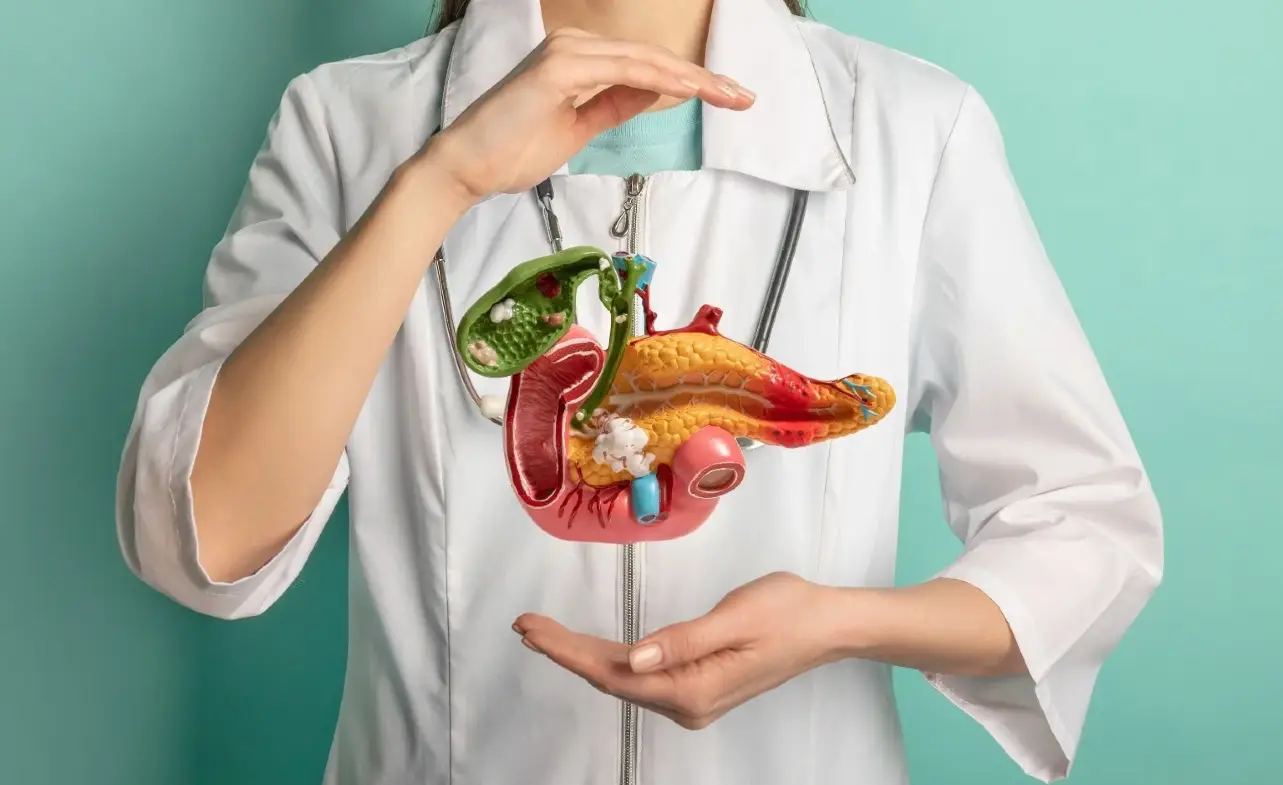Early Signs of Pancreatic Cancer: What to Watch For

Pancreatic cancer is often called a “silent killer” because its symptoms are subtle and easily overlooked in the early stages. By the time most people notice something is wrong, the disease has often progressed to an advanced stage. But what if you could spot the early signs of pancreatic cancer? Could it make a difference in treatment and survival? The answer is a resounding yes.
In this article, we’ll explore the early signs of pancreatic cancer, why they’re so easy to miss, and what steps you can take if you suspect something might be wrong. Early detection is key to improving outcomes, and understanding these signs could save a life—maybe even your own or that of someone you love.
Let’s dive into the symptoms, risk factors, and actions you can take to stay ahead of this challenging disease.
Why Early Detection Matters
The Challenge of Diagnosing Pancreatic Cancer Early
The pancreas is a small, hidden organ located deep in the abdomen, making it difficult to detect tumors through routine physical exams. Additionally, early symptoms are often vague and can mimic other less serious conditions, such as indigestion or stress.
The Impact of Early Detection
When pancreatic cancer is caught early, the chances of successful treatment increase significantly. For example, patients diagnosed at an early stage have a 5-year survival rate of 44%, compared to just 3% for those diagnosed at a late stage. This stark difference highlights the importance of recognizing early signs.
Early Signs of Pancreatic Cancer
1. Unexplained Weight Loss
Losing weight without trying might sound like a dream come true for some, but it can be a red flag for pancreatic cancer. The disease can interfere with digestion, leading to poor nutrient absorption and sudden weight loss.
2. Jaundice (Yellowing of the Skin and Eyes)
Jaundice occurs when a tumor blocks the bile duct, causing a buildup of bilirubin in the body. This is one of the most noticeable early signs of pancreatic cancer, especially in tumors located in the head of the pancreas.
3. Abdominal or Back Pain
Persistent pain in the upper abdomen or mid-back can be a sign of pancreatic cancer. This pain may come and go at first but often becomes more constant as the tumor grows.
4. Changes in Stool and Urine
Pancreatic cancer can cause pale, greasy stools that float due to undigested fat. Urine may also become darker as bilirubin levels rise.
5. Loss of Appetite or Feeling Full Quickly
If you find yourself feeling full after eating only a small amount of food or losing interest in meals altogether, it could be an early warning sign.
6. New-Onset Diabetes
In some cases, pancreatic cancer can interfere with insulin production, leading to sudden diabetes in people with no prior history of the condition.
Less Common Early Signs
1. Fatigue and Weakness
Chronic fatigue that doesn’t improve with rest can be a symptom of many conditions, including pancreatic cancer.
2. Nausea and Vomiting
A tumor pressing on the stomach or intestines can cause nausea or vomiting, especially after eating.
3. Blood Clots
Unexplained blood clots, particularly in the legs (deep vein thrombosis), can sometimes be an early sign of pancreatic cancer.
Risk Factors for Pancreatic Cancer
While anyone can develop pancreatic cancer, certain factors increase the risk. Understanding these can help you stay vigilant:
| Risk Factor | Description |
|---|---|
| Age | Most cases occur in people over 65. |
| Smoking | Smokers are 2-3 times more likely to develop pancreatic cancer. |
| Family History | A family history of pancreatic cancer increases risk. |
| Obesity | Being overweight or obese raises the risk. |
| Chronic Pancreatitis | Long-term inflammation of the pancreas is a risk factor. |
| Diabetes | Sudden onset of diabetes can be a warning sign. |
What to Do If You Notice Early Signs
1. Don’t Ignore the Symptoms
If you experience any of the early signs of pancreatic cancer, especially if they persist or worsen, don’t brush them off. Early action can make a world of difference.
2. Consult a Doctor
Schedule an appointment with your healthcare provider to discuss your symptoms. Be specific about what you’re experiencing and how long it’s been going on.
3. Request Diagnostic Tests
Your doctor may recommend imaging tests like CT scans, MRIs, or endoscopic ultrasounds to get a closer look at your pancreas. Blood tests can also help detect tumor markers.
4. Seek a Second Opinion
If you’re not satisfied with the initial evaluation, don’t hesitate to seek a second opinion. Pancreatic cancer can be tricky to diagnose, and another perspective can be invaluable.
The Importance of Awareness and Advocacy
Know Your Body
You know your body better than anyone else. If something feels off, trust your instincts and take action. Early detection starts with awareness.
Spread the Word
Share information about the early signs of pancreatic cancer with friends and family. The more people know, the more lives can be saved.
Conclusion: Early Action Saves Lives
The early signs of pancreatic cancer may be subtle, but they are not invisible. By paying attention to your body and seeking medical advice when something feels wrong, you can catch this disease at a more treatable stage. Unexplained weight loss, jaundice, abdominal pain, and changes in digestion are all potential red flags that deserve attention.
While pancreatic cancer remains a formidable opponent, early detection offers a glimmer of hope. Stay informed, stay vigilant, and don’t hesitate to take action if you notice any warning signs. Your health is worth it.
Read more: